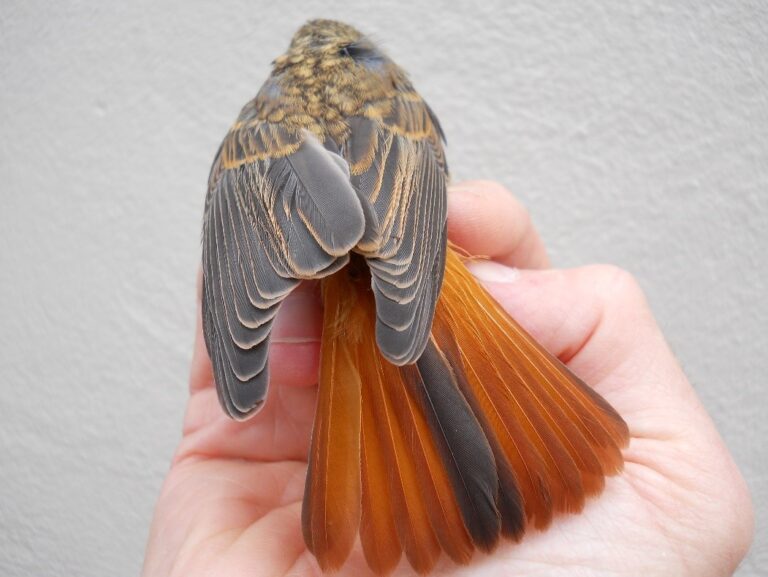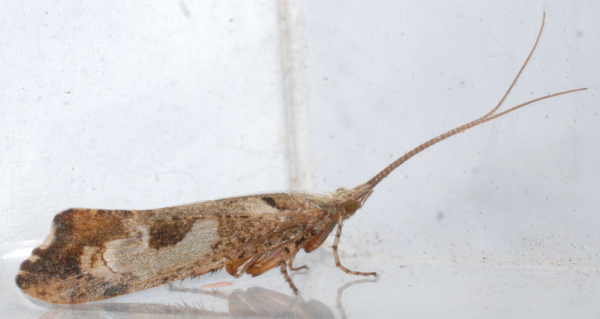An article by visiting naturalist Sam Gray.
At the end of July I went on a family holiday to the north Sutherland coast. My focus is in moths and I therefore wanted to use this holiday as an opportunity to not only run traps but also to carry out daytime fieldwork with a particular emphasis on early stages, an area that I believe has received relatively little work compared to in other parts of the UK.
We were staying in a neighbour’s holiday home located in Torrisdale, right next to Invernaver SSSI. This is one of only two known sites in the UK for Parornix alpicola (the other also being along the north Sutherland coastline) so it would have been rude not to have a look for it. After a bit of searching I found a few early mines as well as a single vacated leaf pod on the foodplant Mountain Avens. Just before moving on from finding this species I went to take a grid reference on my GPS (which I later realised didn’t work!), whilst doing this I noticed a Bryotropha species which I retained, partially due to it looking a bit off and also due to the habitat that it was found in pointing to Bryotropha politella, later dissection confirmed that it was indeed this species. B. politella is distributed throughout the UK but gets increasingly more common further north. Also found whilst looking around this excellent site were three vacated gallery mines on Cowberry, all of the mines were expelling frass from the underside which is a distinctive feature of this species. These were confirmed as the early mines of Rhopobota ustomaculana by Rob Edmunds and turned out to be the first record of this species for VC108.
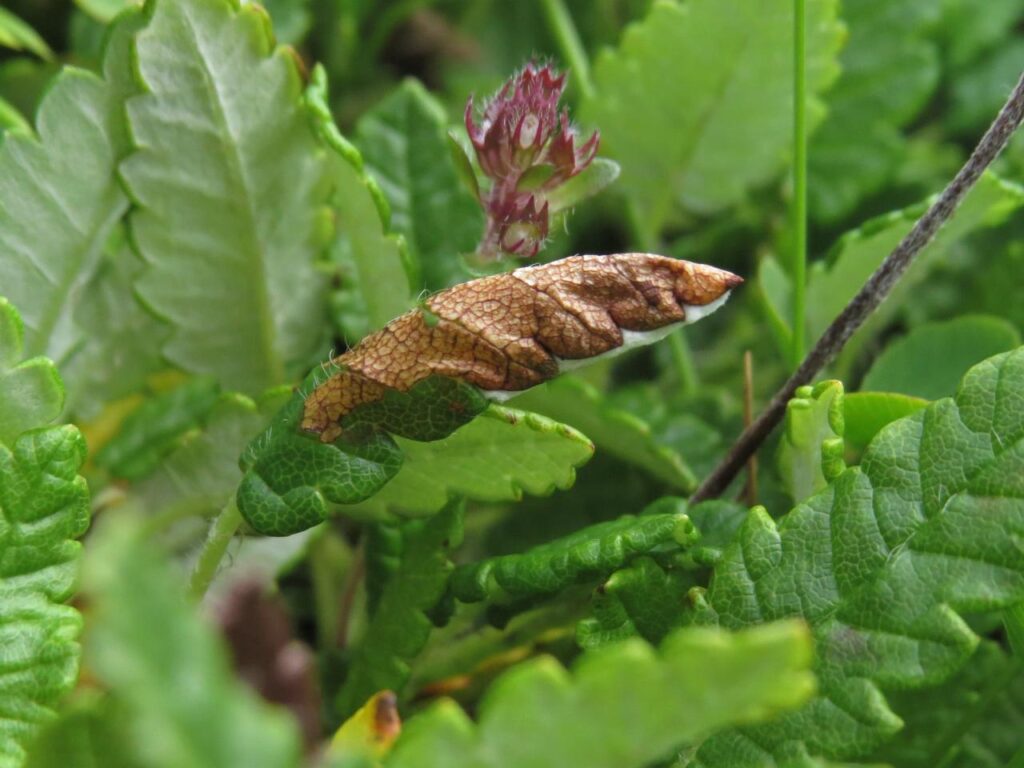

In addition to the Rhopobota ustomaculana, I did record one other new species for VC108. Whilst on a short walk around Borgie Breco I netted an Elachista species. I was already pretty sure that it was Elachista bisulcella as I believe that it is the only dark UK Elachista to have a yellow edge to the pale fascia, I retained the moth and dissected it to be sure. I spent some time searching through an area of Creeping Willow in Torrisdale and successfully found the two species that I was hoping to come across; the mines of Phyllonorycter quinqueguttella and the distinctive leaf pods of Ancylis subarcuana. Both of these species only had one previous record in the VC108 database.
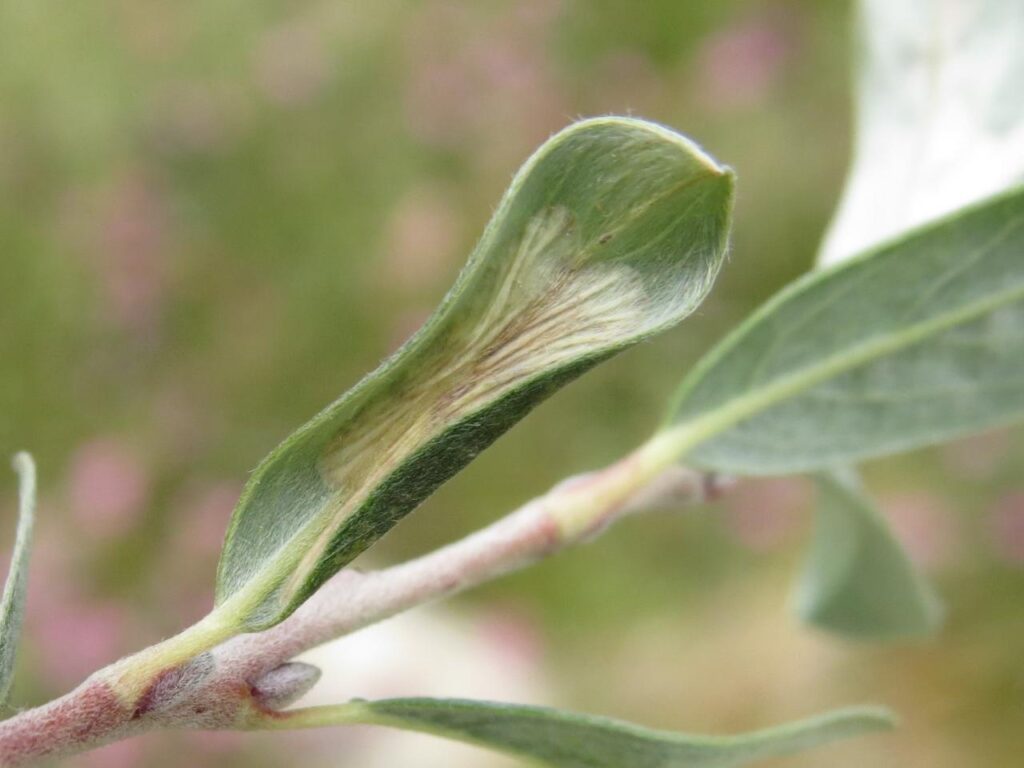
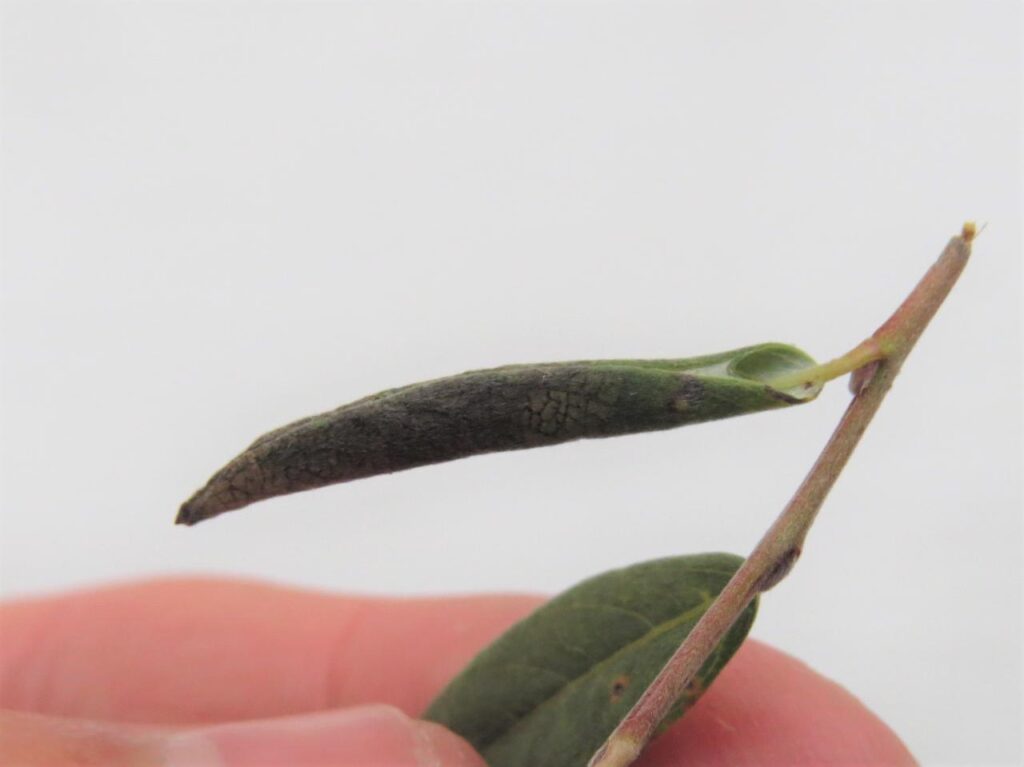
A few more mines of interest included Phyllonorycter rajella on Alder (1 previous record), Incurvaria pectinea on Birch (4 previous records), Caloptilia elongella on Alder (3 previous records), and Stigmella aurella on Bramble (5 previous records). All of these are nationally very common species and based on my observations also seem to be common in north Sutherland.
A visit to the stunning Forsinard Flows NNR produced a range of interesting wildlife. The best for me however was Crambus ericella, a moth of moorland habitats restricted in the UK to Scotland and northern England.
Seeing as you have managed to survive reading thus far I will reward you with some larger moths. I ran either one or two light traps every night we were staying in Torrisdale and these produced a number of interesting species including several with a distinctly northern/Scottish distribution that were especially pleasing for a southerner like me to clap eyes on. It is worth pointing out a noticeable lack of micro moth species that came to light throughout my stay. A few of my highlights include Chestnut-coloured Carpet, Dotted Carpet, Beech-green Carpet, Archer’s Dart, White-line Dart, Northern Rustic, Gold Spangle, Map-winged Swift, Welsh Wave and Double Dart. Not being local to the area I am sure that many of these species are commonly encountered, but from my perspective they were all very nice to see.
Two species that I have not mentioned above are the very similar Gold Spot and Lempke’s Gold Spot. The distribution of the latter species does not reach as far south as Devon so my time spent in Sutherland was a good opportunity for me to compare the subtle differences in these two species.
After a failed attempt on the way up, I took the opportunity whilst traveling back through the Highlands to look for Swammerdamia passerella spinnings on Dwarf Birch. Several larvae were found quite easily after eventually locating the foodplant in a blanket bog at the Crask. Also found completely by chance whilst looking for the passerella was a stunning Rannoch Brindled Beauty caterpillar. This was confirmed by Barry Henwood, who not only is the co-author of the excellent caterpillar book but also happens to be my home County Moth Recorder for Devon.
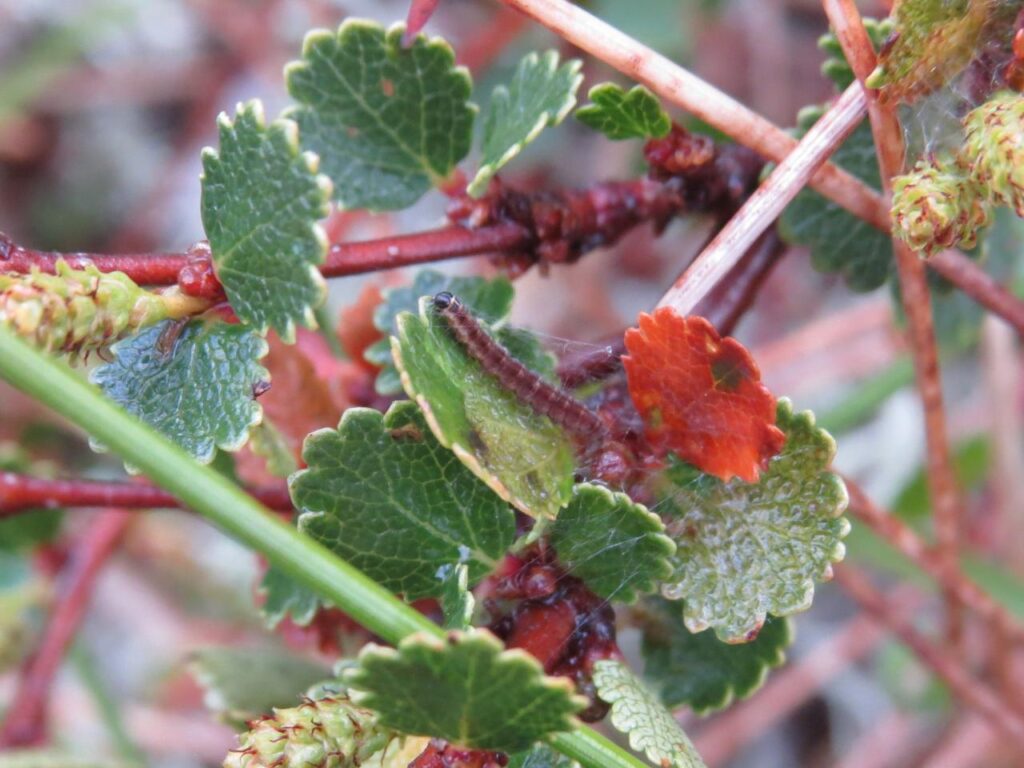
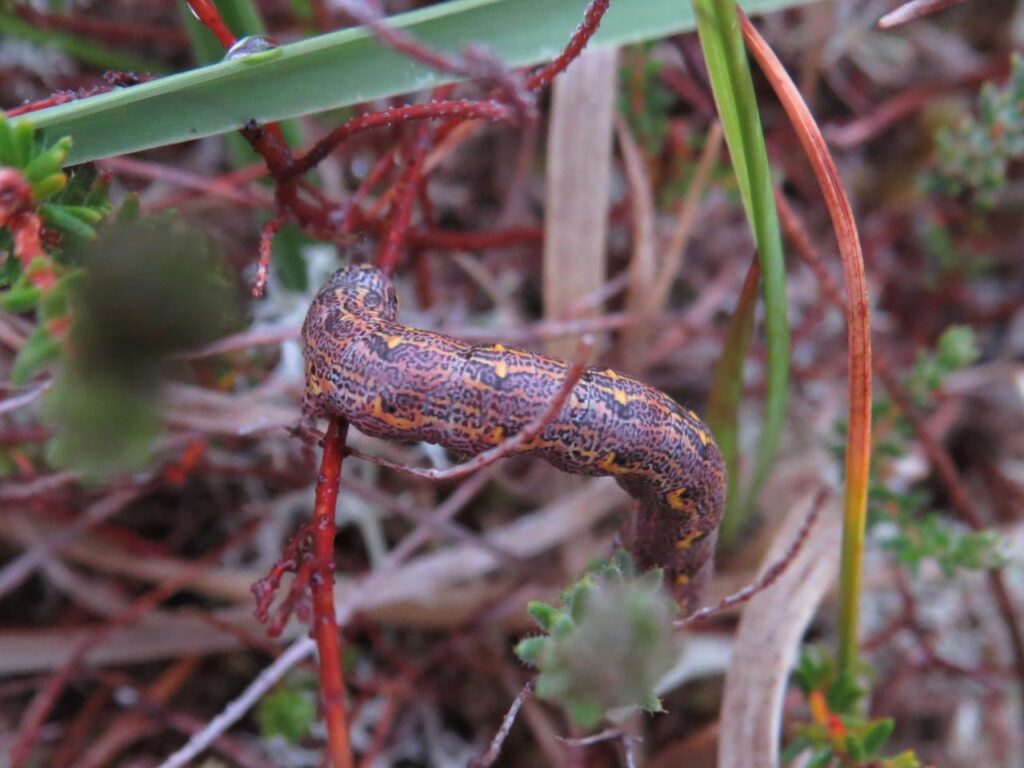
Some readers might be aware that I posted an earlier version of this article on the North Sutherland Wildlife Group Facebook page; it received some level of interest on that platform leading to a number of mines being found and identified. For anybody who wishes to look in more depth at moth early stages, leafmines in particular, I would highly recommend taking a look at the excellent British Leafminers website run by Rob Edmunds. Web address: https://www.leafmines.co.uk/



